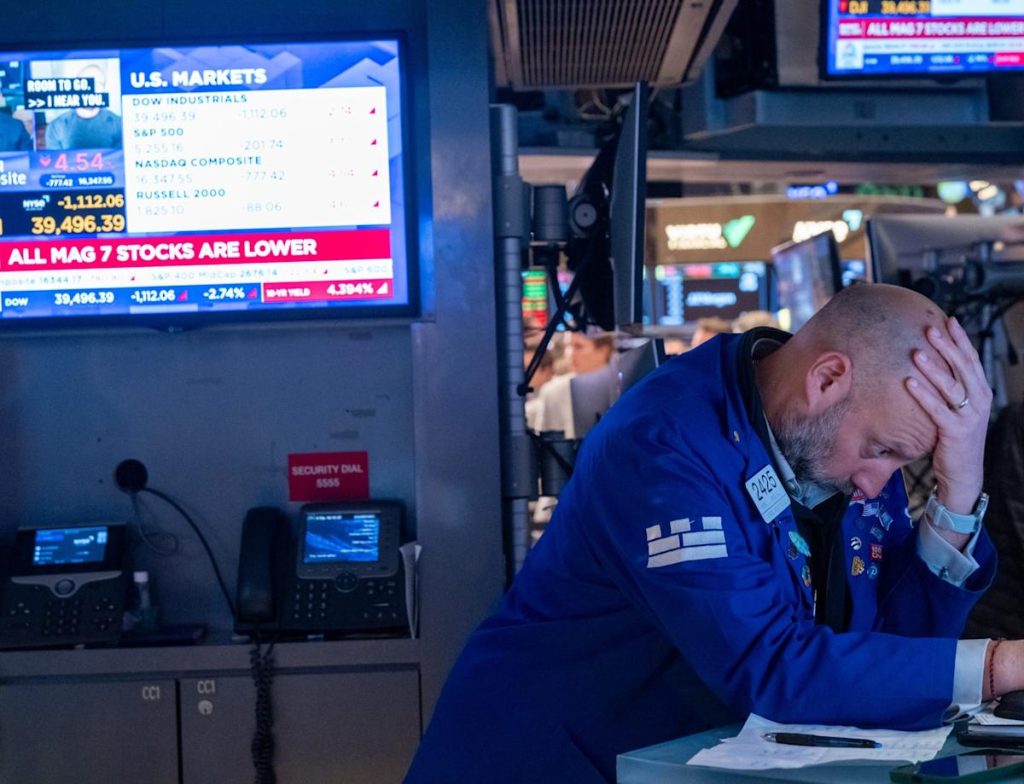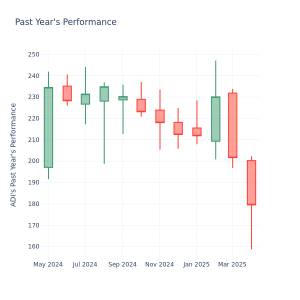
-
All the major U.S. stock market indices would need to have strong ends of the year just to finish flat. While that’s not impossible for the S&P 500, the Nasdaq 100, and the Dow, it usually only happens in years when the market is on an upswing, not experiencing a downturn as it is now.
Since President Donald Trump announced his sweeping tariff policy over a week ago and sent global markets into turmoil, the U.S. stock market has lost trillions in wealth. All the major indices such as the S&P 500, the Nasdaq 100, and Dow Jones Industrial Average are down for the year after markets reacted extremely negatively to Trump’s new trade policy.
The major selloff induced by the new Trump policy reversed what was shaping up to be another good year in the markets. Investors and analysts had expected the U.S. stock market to continue to deliver solid returns, even if it did slow down from the record-setting pace of the previous two years. In fact, Trump’s election brought a new wave of market optimism, as initially stocks soared on the back of what many had viewed as a pro-business president.
Now the opposite is true. Markets are sinking on the back of the uncertainty Trump injected into the U.S. economy since he returned to the White House.
To make up for the losses they’ve incurred so far this year, the major U.S. stock indices—the S&P 500, Nasdaq, and Dow—would all have to rally to an extent that isn’t unheard of, but has only ever happened in good years.
However, a strong year in 2025 seems unlikely. Since the market crash caused by Trump’s tariff announcements, most major Wall Street banks have revised their annual forecasts for the economy to reflect the ongoing downturn. Some of those banks even called for a recession as the stock market slide coincided with cratering bond markets and a devaluing of the U.S. dollar.
Through Friday, the S&P 500 is down 8.8% year-to-date—a stark reversal from the rip-roaring gains of 2023 and 2024 that together accounted for the best two-year stretch since 1998.
In order to turn around that loss and end the year flat, the S&P 500 would need to rise 9.4% from its closing price on April 11 to Dec. 31. In that case, investors won’t have lost any money, but they wouldn’t have gained a cent either.
A similar or better growth rate from April 11 to the end of the year isn’t completely out of the ordinary for the S&P 500. In fact, it’s happened 22 times since the modern day version of the index was established in 1957. While that sounds like good news, investors shouldn’t be too quick to rejoice. The S&P 500 only grows 9.4% or more from April 11 onwards in bull years, not during down markets like 2025, according to data supplied by wealth manager AssetMark and Fortune’s calculations. The worst performing such year, 2016, had a total annual return of 12%. The best year, 1958, had a juicy 43.4% annual return. Across all 22 years that fit that criteria, the average annual return was 27%.
